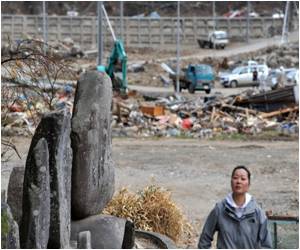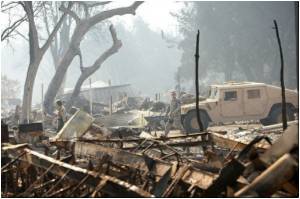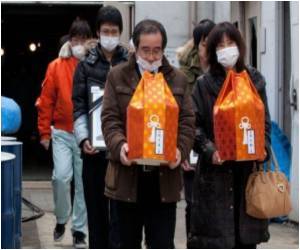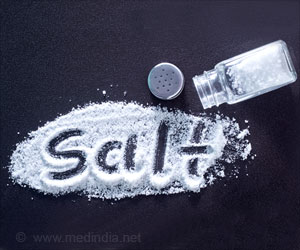Deadly tsunami warnings carved in an ancient stone in Japan.

"Remember the calamity of the great tsunami. Never build houses from this point down.... No matter how many years pass, keep vigilance high," says the ominous warning carved into the one-metre (three-foot) tall stone.
Before the 1933 disaster struck in the Japanese year of Showa 8, the small coastal community had also been obliterated in Meiji 29 (1896). The first tsunami left just two survivors, and the second only four.
After the Showa disaster, Aneyoshi was rebuilt on higher ground, above where the stone now stands, and the villagers, who have traditionally made a living by growing seaweed and bearded clams, have stayed there ever since.
Both past tsunamis were triggered by offshore quakes stronger than magnitude 8.0 -- massive tremors, but still smaller than the magnitude 9.0 quake that struck below the seabed just over eight weeks ago.
The latest tectonic disaster sent water racing to a height of almost 39 metres here (130 feet) -- the highest level ever recorded in Japan, according to a university study -- as water was funnelled up between steep cliffsides.
Advertisement
"To follow such a rule and live together like this is probably only possible in a small-size community," said Kei Maekawa, 40, whose family comes from the Iwate prefecture village.
Advertisement
Isao Sasaki, 73, from Otsuchi, also in Iwate prefecture, said two stone monuments marking the 1896 and 1933 tsunamis used to stand outside his Japanese-style ryotei restaurant, now a pile of rubble.
"They were both as tall as myself," said Sasaki, who is about 1.7 metres (five feet seven inches) tall, looking sadly at the debris.
"On the one from the Meiji tsunami, a poem was engraved in the rock, warning that we must run immediately after a quake."
"Since childhood, we have been told horrifying stories about how people tried to survive tsunamis by tying themselves to wooden pillars with kimono obi belts. Dead bodies then piled up in a pond near here."
Sasaki's sister Setsuko Koyama, 63, said that every time an earthquake hit, they would run outside to check the water inside a nearby well, because a falling water level is a precursor to a tsunami.
Despite the oral traditions and ancient wisdom, the fishing town of Otsuchi still lost more than 10 percent of its 15,000 people.
"We all knew how horrifying a tsunami is," said Sasaki. "But we still didn't think such a huge tsunami would come.
"People who tried to help the elderly or look for their children were the ones who ran away late and got killed."
Even the tiny Aneyoshi community, where the hillside houses remain standing above the now calm sea, was not spared tragedy.
On the day of the calamity, a mother in her mid-30s rushed to pick up her three children from school and drive them to safety, following a seaside route -- only for all of them to be swept away by the giant wave.
"The stone is becoming widely known as what saved our community from the tremendous tsunami, but there is a bright side and a dark side to it," said Maekawa, the brother-in-law of the dead woman.
"We lost four out of about 30 people. We cannot be that happy to talk about the wisdom from the stone."
Source-AFP








